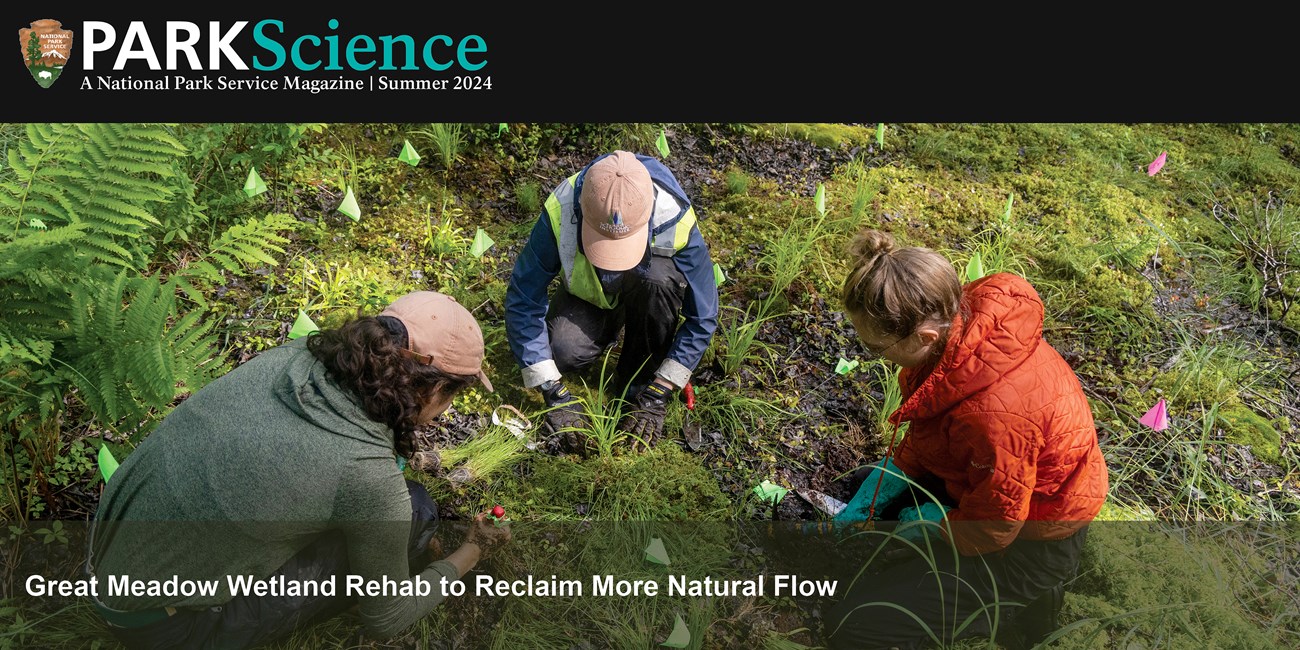
Friends of Acadia / Sam Mallon
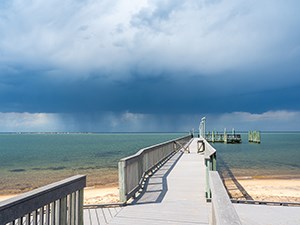
NPS / Tyler Kuliberda
From the Editor
Stormy Weather
Nor'easters in New England. Cold fronts in Texas. Orange streams in Alaska. In this issue, we see how park and partner scientists are working to understand extreme weather impacts. And how other kinds of extremes can affect our practice of science.
In Brief

U.S. Geological Survey / Josh Koch
News | Permafrost
New Research Shows Why Arctic Streams Are Turning Orange
In the pristine Brooks Range in Arctic Alaska, streams are turning bright orange and fish are disappearing, threatening the well-being of local communities. A recent scientific paper reveals why.
By Nina Chambers
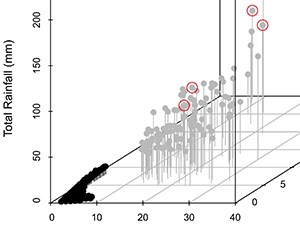
NPS / Jonathan Malzone
Research | Landslides
Caught By Surprise, One Park Learned Its True Landslide Risk
Unexpectedly heavy rainfall caused damaging landslides in a national recreation area. A staff scientist showed such events were more frequent than previously thought—and more predictable.
By Jonathan Malzone
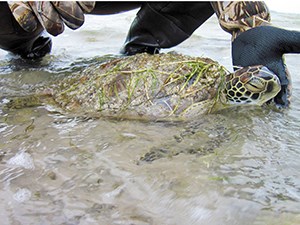
NPS
Research | Sea Turtles
Significant Sea Turtle Cold-Stunning Event Tied to Climate Change Impacts on the Texas Coast
In February 2021, an extreme cold front swept the south Texas coast, rendering tens of thousands of endangered sea turtles lethargic and helpless. Working against the clock, a dedicated team of rescuers rushed to save them. A new study indicates long-term impacts.
By Donna J. Shaver and J. Shelby Walker
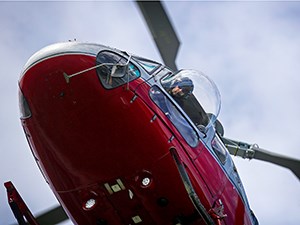
NPS / Emily Mesner
News | Aircraft Noise
New Study Shows How to Estimate Aircraft Noise from the Ground Up
Aircraft noise is pervasive in modern life but particularly disruptive in remote areas like national parks. These researchers focused on what people actually hear to help parks protect their quiet places.
By Jessica Weinberg McClosky
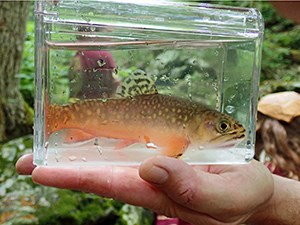
NPS / Tim Lambert
News | Brook Trout
Researchers See Startling Brook Trout Declines in Shenandoah Streams
Land use and pollution used to be brook trout’s biggest problems. But our latest research shows that being a cold-water fish in a warming world might be its greatest challenge yet.
By Jeb Wofford and Evan Childress
Perspectives

NPS / Allison Bender
Planning | Mental Health
The Challenge of Disastrous Events Isn’t Only Operational
National Park Service employees prepare to protect people, assets, and infrastructure from disasters. But what about when it comes to their own well-being?
By Julianne Reas, Wylie Carr, and Kaylin Thomas
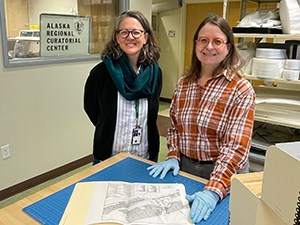
NPS / Nicole Peters
Research | Methods
Powerful Humanities Research Methods Can Help Us Avoid Overburdening Tribes
Transcending disciplinary boundaries to include humanities-based research may alleviate research fatigue and make space for more meaningful conversations.
By Lisa Fink

SHOTPRIME STUDIO - stock.adobe.com
Conversations | Inclusive Science
How We Look at Science in National Parks Depends on Who’s Looking
Science in U.S. national parks suffers from and is diminished by the same social inequities as the rest of society. Conversations with community members helped us understand how and why.
By Michael Whiteman-Jones
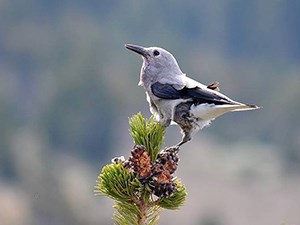
NPS
Partnerships | Whitebark Pine
How a Tree Created a Pivotal New Conservation Community
Found mainly on public lands, whitebark pine is one of America’s most threatened and ecologically valuable tree species. A multi-agency alliance is using innovative strategies based on science to help it avoid extinction. Recent federal funding is helping.
By members of the National Park Service Five Needle Pines Team (Stefanie Wacker, Sarah Haas, and Kristin Legg)
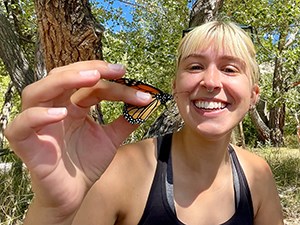
NPS / Grace Kowalski
Emerging Scientists | Pollinators
We Found Passion and Purpose in New Pollinator Studies
Pollinators are in danger, and national parks want to help. Two early-career scientists piloted research projects to find out how they could.
By Grace Kowalski and Nina Crawford
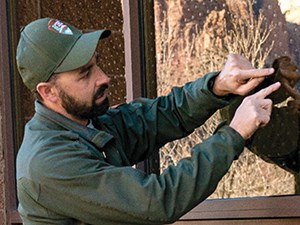
NPS
Methods | Birds
How to Make Park Buildings Safer for Birds, One Window at a Time
National Park Service scientists looked at ways to reduce bird collisions with glass in national parks. They show how small actions can have big outcomes.
By Adam Reimer, Dave Treviño, and Sallie Hejl
Features

Friends of Acadia / Sam Mallon
Wetlands
Great Meadow Wetland Rehab to Reclaim More Natural Flow
Acadia National Park’s largest and much-manipulated wetland is intricately tied to its urban surroundings. Energized by recent federal funding, an ambitious plan seeks to restore it to a more natural state while protecting neighbors from damaging floods.
By Jason Flynn and Lauren Gibson
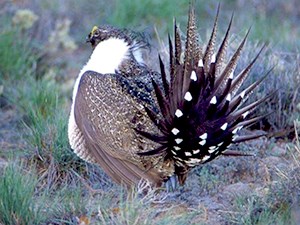
NPS
Shrublands
Saving the Heart of the American West’s Largest Landscape
Sagebrush, America’s most imperiled ecosystem, is half of what it once was. Aided by recent infrastructure funding, a dedicated community of scientists is racing to protect the best of what’s left.
By Thomas J. Rodhouse, Jeff Lonneker, and Jordan Spaak

fotohansel - stock.adobe.com (radon sign); NPS / Karina Rapp (horse fossil skull)
Fossils
How “Hot” Radioactive Fossils Tested One Park’s Safety Tech
Some fossil bones emit huge amounts of radon, a cancer-causing gas, so staying safe when storing or studying them is a real challenge. Hagerman Fossil Beds National Monument found ways to overcome the problem though upgraded safety technology, but its story is a cautionary one.
By Karina Rapp
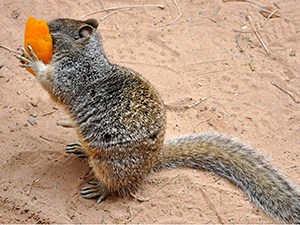
NPS
Wildlife
Who Is the Bad Guy Here? When Animals Misbehave
When it comes to wildlife mischief, we have found the biggest troublemaker, and it is us.
By Nicole Frey and Chad Wildermuth
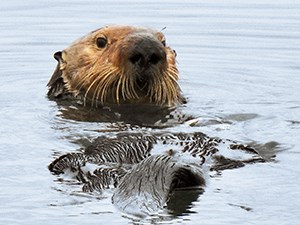
Samantha Hamilton
Eelgrass
Biologists Restored an Estuary to Revive Eelgrass. Then an Otter Swam 118 Miles to Reach It.
Buried in debris for decades, Drakes Estero is now one of the few remaining undeveloped estuaries on the U.S. Pacific coast. After a massive cleanup, scientists tracked the regrowth of an eelgrass community there—and found it transformed.
By Avani Fachon
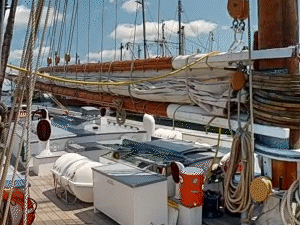
NPS
Methods
How a 3D Virtual Tour Shared a Beloved Ship’s Story with the World
In its latest of many lives, the Schooner Ernestina-Morrissey is often at sea, unavailable to park visitors. We recreated it virtually so more people than ever can explore its decks—and its stories.
By Catherine G. Cooper and Janine V. da Silva
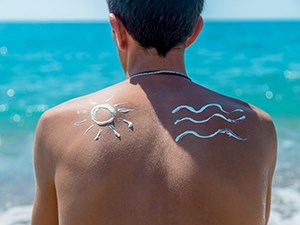
yanadjan - stock.adobe.com
Messaging
New Research Shows How Parks Can Support Eco-Friendly Sunscreen Use
Sunscreens help prevent skin cancer, but some can harm the environment. Three recent behavioral science papers describe ways to boost visitors’ use of eco-friendly sun protection. That way, national park visitors can protect themselves and the places they care about too.
By Sara Melena and Eva DiDonato
Educate & Interpret

NPS / Melissa Amuso
Messaging | Climate Change
Coastal Climate Messaging Essentials: It’s All in the Telling
Extreme weather events like nor’easters may be unavoidable and challenging. But learning effective ways to share information about their impacts can have far-reaching benefits.
By Catherine Schmitt
About This Issue
Last updated: February 7, 2025
